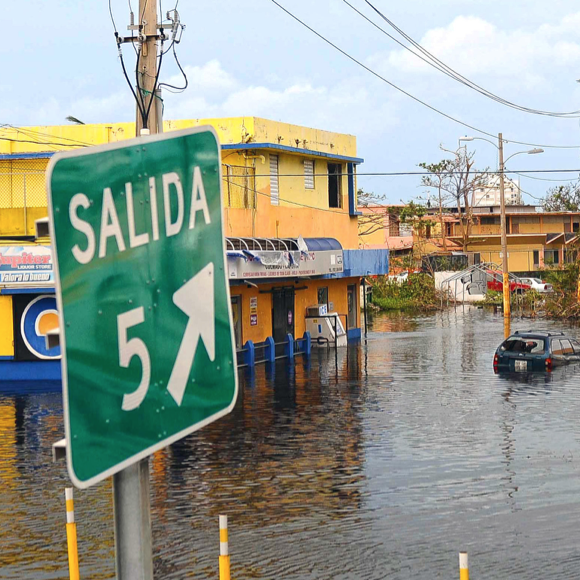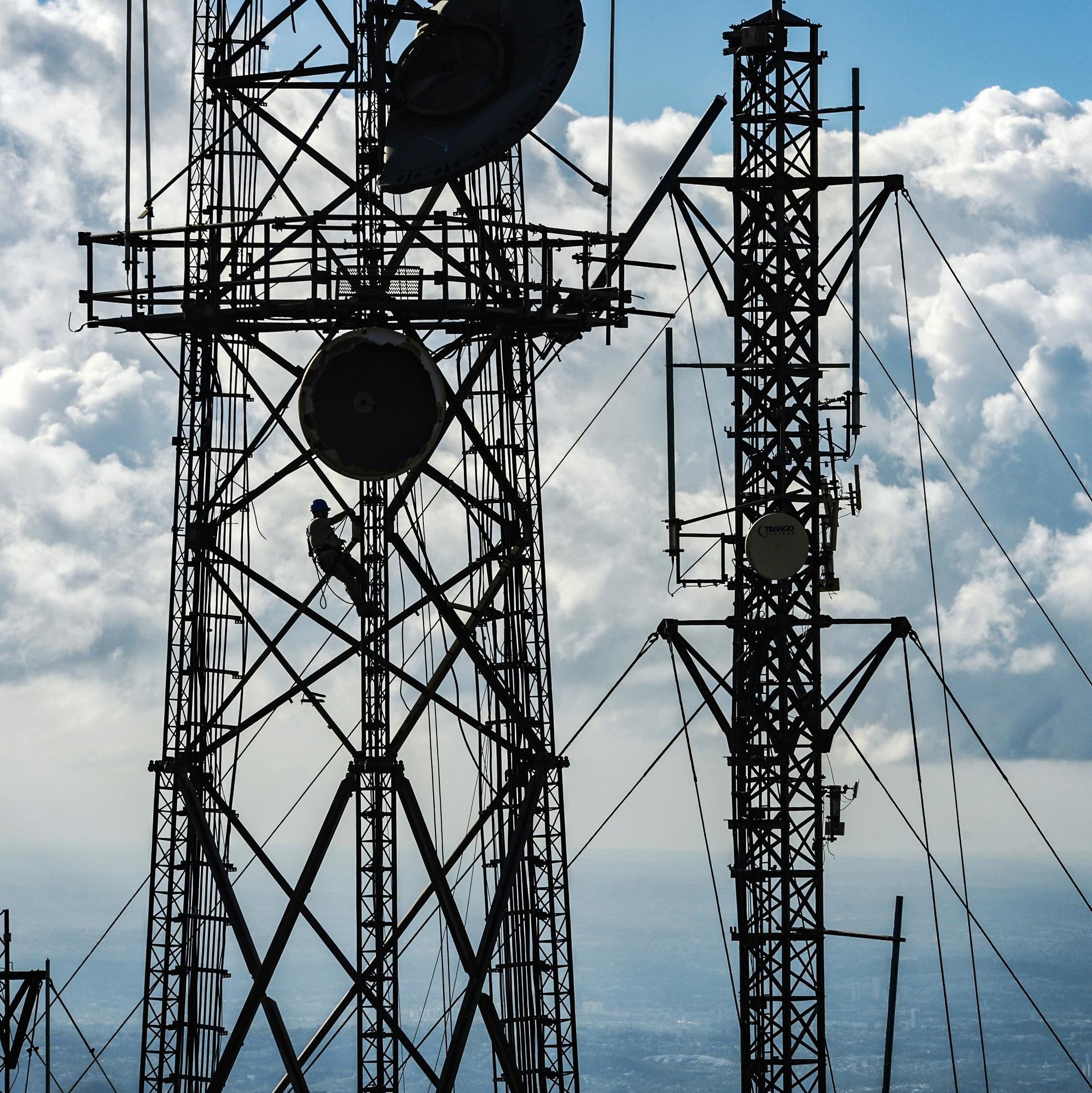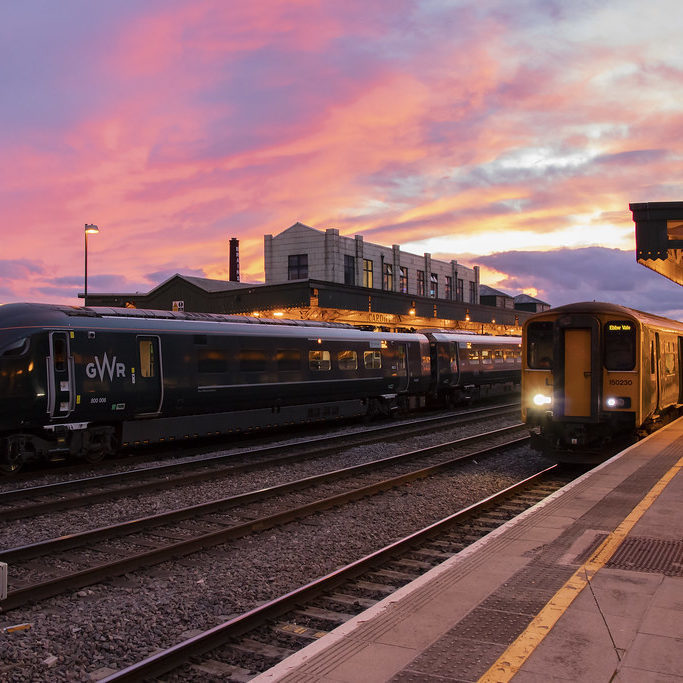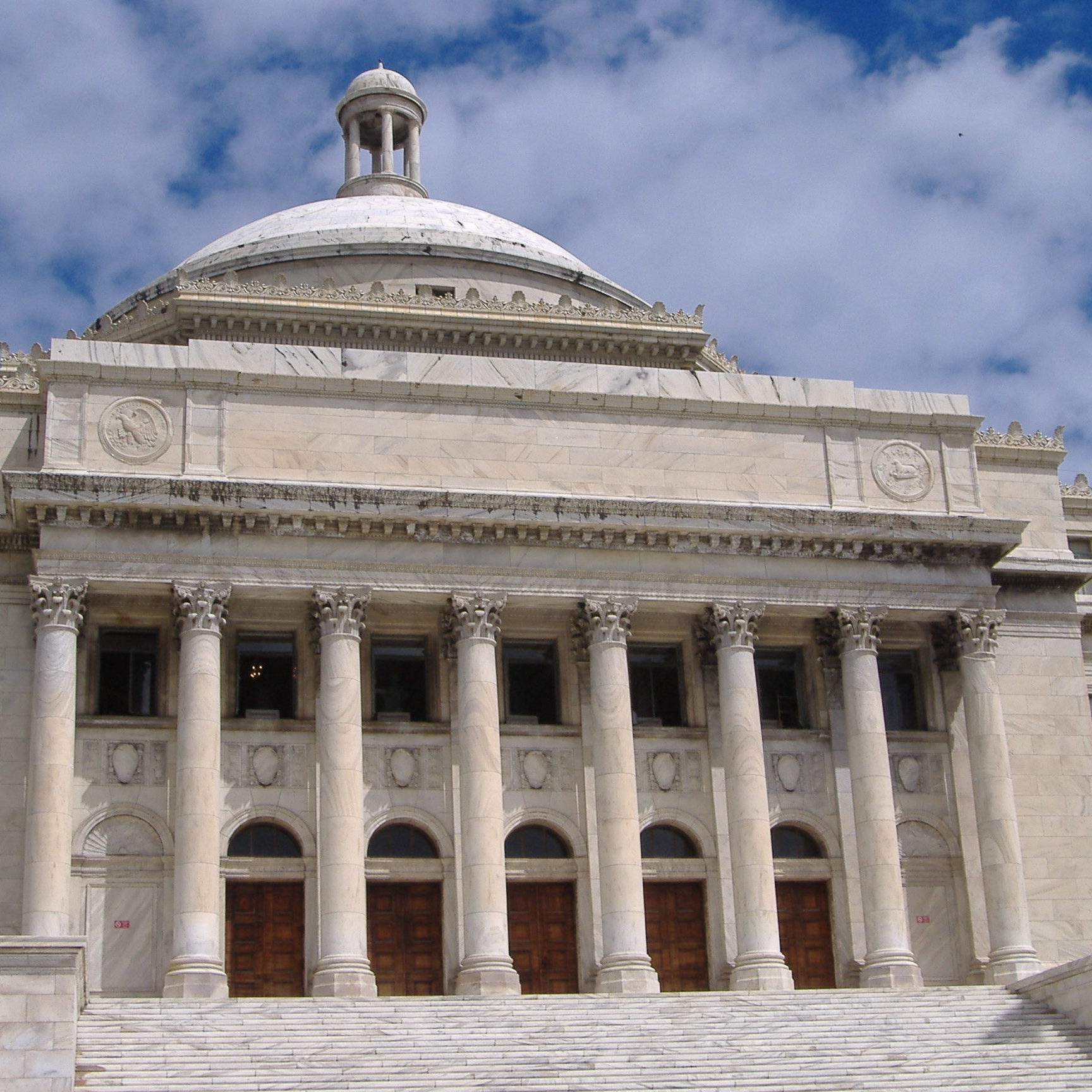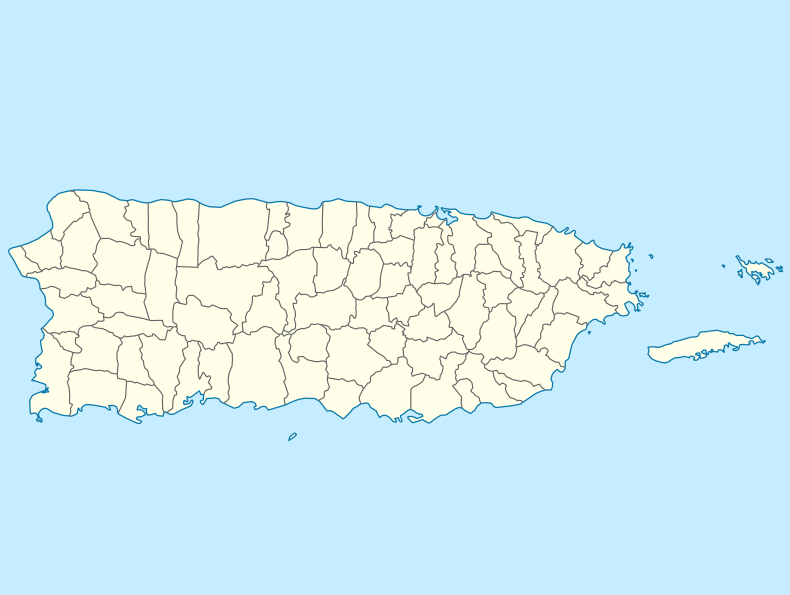Hurricanes, as with other extreme weather events, can cause a multitude of problems. In Puerto Rico’s case during Maria, the power grid and communications systems were most immediately vulnerable. A vast majority of citizens were left without power for anywhere from a few weeks to a year, and for several weeks communications across the island and with the mainland were unavailable or inconsistent. A variety of homes, including improvised structures, were damaged, and many have yet to be repaired two years later.
Post-Maria, some people could not access critical items, such as food, water, gasoline, and
medicine, due to a lack of designated locations for supplies collection and distribution, failed communications for logistics, and obstruction of roads. These and related complications resulted in the deaths of over 3,000 people.
Isolation from loved ones, poor access to basic supplies, and overall uncertainty with regard to the future negatively affected the mental health of storm survivors. In conjunction with these issues, a struggling economy made recovery
slow.

